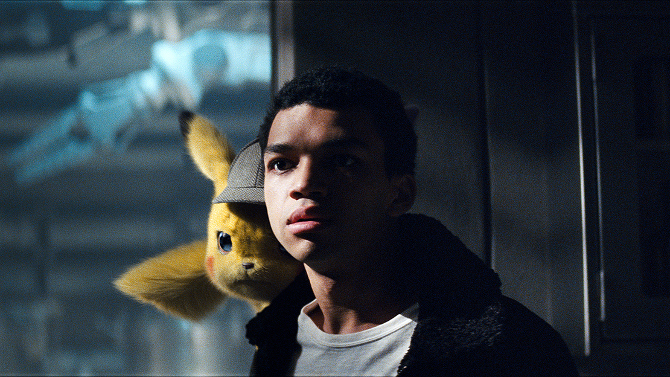
CSI: Pokémon Style
Every once in a while, you’ve got to relive your childhood. . . that came for me this past Saturday, when two of my friends contacted me and asked if I wanted to go see the new Pokémon movie. Always game for anything film related, my knowledge of the Pokémon franchise has not evolved (Pokémon pun intended) since the early 2000s – a time when every child, along with myself, was obsessed with the Gameboy games (colour coded Red, Blue, and later, Yellow) and the television series. Now, some twenty years later, Pokémon Detective Pikachu (2019) becomes the first live action film in this historic gaming/anime franchise. Directed by Rob Letterman, perhaps their wisest choice was casting Ryan Reynolds as the voice of one of the film’s leads, Pikachu – making this a PG-like version of Deadpool. Yet, I will warn you that this one is more for fans of the franchise than the average moviegoer (judging from its 170 million dollar opening weekend, there are clearly a lot of fans) – and, as attendees entered the theatre, they received a complimentary pack of Pokémon cards (a nice touch).
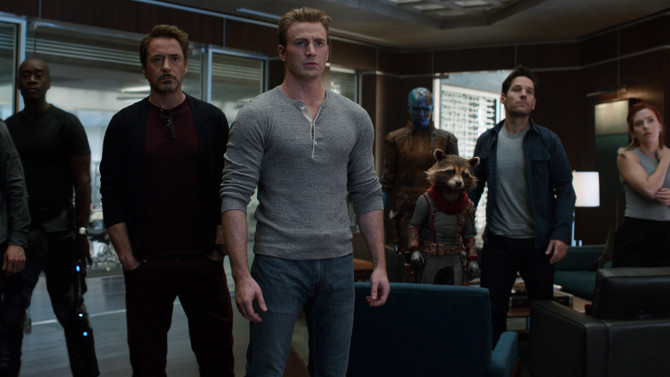
‘Marvel’ous
Every once in a while, a film becomes part of the zeitgeist – capturing the spirit and mood of its time, uniting viewers in a shared experience that will never be forgotten. Think Gone With the Wind, Casablanca, The Godfather, Jaws, Star Wars, Titanic, the Lord of the Rings trilogy, Avatar. . . you get the idea. Capturing lightening in a bottle, this shared experience unites moviegoers worldwide, the most recent example, Avengers: Endgame (2019). Whether you love comic book films or hate them, it is hard to argue with what Marvel has done since 2008 (starting with Iron Man). A three phase initiative, with almost too many superheros to name, Endgame is the twenty-second feature in the last eleven years, and, in many ways, the end of this unique vision. Something never done before, standalone and ensemble films have been combined to great effect, grossing (to this point) over twenty billion dollars, and, for the most part, winning critics over along the way.
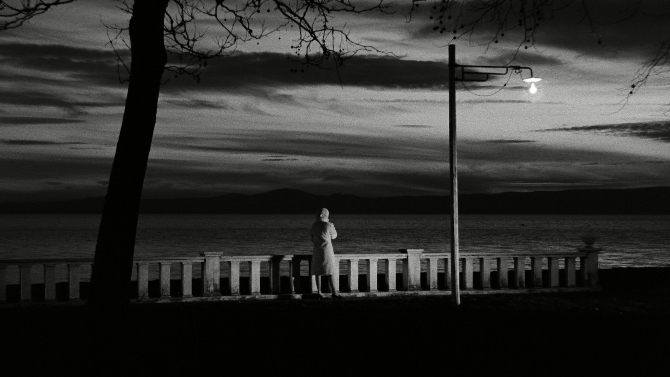
The Lady of the Lake
An acclaimed author – disenchanted, empty, and broken. . . a man seemingly doomed to repeat his history, returns to a small Italian town that sits upon a lake (during its off season), looking for a maid he once loved – told she has committed suicide, an abstract mystery holds the man transfixed, living a story that could be his newest novel. In America, titled The Possessed (1965), around the world it is known as The Lady of the Lake, under either moniker, it is a fascinating Italian crossbreed directed by two very different individuals, journeyman Luigi Bazzoni (The Fifth Cord) and Franco Rossellini (his only directorial effort, he is the nephew of famed filmmaker Roberto Rossellini). . . a fascinating combination of lurid pop sensation and art film neo-realism.
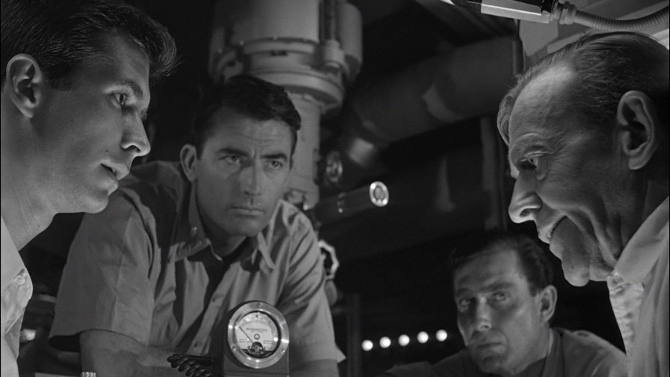
Life’s a Beach
There was something uniquely different about the Cold War. . .the intangible nature of a symbolic wall separating West from East, having no troops on the ground, no bombs being dropped, simply an ever-growing nuclear arms race – unnerving in how one twitchy finger could change the world in an instant. A fear no less frightening, for the unknown is often far worse. A cautionary ‘what if’ tale, Stanley Kramer’s On the Beach (1959) finds the world having been mostly destroyed by a nuclear war, with only Australia having thus far evaded the ravaging power of radiation in the air. With the rest of the world silent, those remaining attempt to live their lives Down Under. But is doom impending? Estimates claim that extinction levels of radiation will reach the island in less than six months. Fascinating in its depiction, some do their duty (a butler-like waiter at the poshest of conservative private clubs continuing with his job; the assistant to one of the top military men constantly remaining by his side), while others cling to hope. . . some simply drink (a funny scene finds two elitists lamenting that the club overstocked on Port – and that it will go to waste).
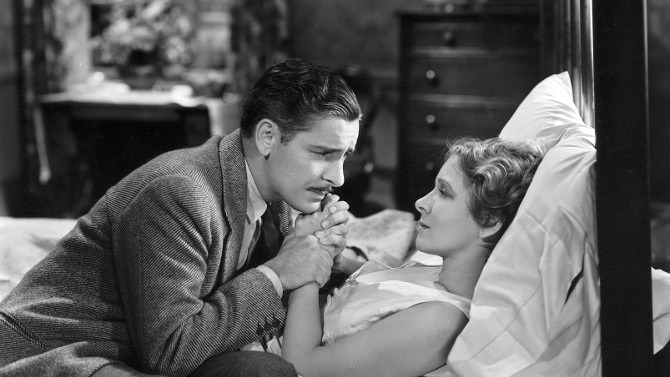
Not the Same Old Song and Dance
An early talkie from iconic director John Ford (Stagecoach; The Quiet Man; The Searchers), 1931's Arrowsmith is no western (despite arrow being in the title), rather, it takes a sweeping look at the life of Dr. Martin Arrowsmith (Ronald Colman – in a Clark Gable-like performance), from an opening scene in his childhood to his work as a researcher in New York – where he develops a vaccine that he administers during a plague. Earning four Academy Award nominations, namely Best Picture, Writing-Adapted, Cinematography, and Art Direction, the filmmaker’s skill is immediately evident – especially impressive as this is an early talkie – where most directors struggled to bring the style from the silent era forward due to new challenges (overly sensitive microphones, stagnant camera work used to show the characters as they speak, etc. . .).
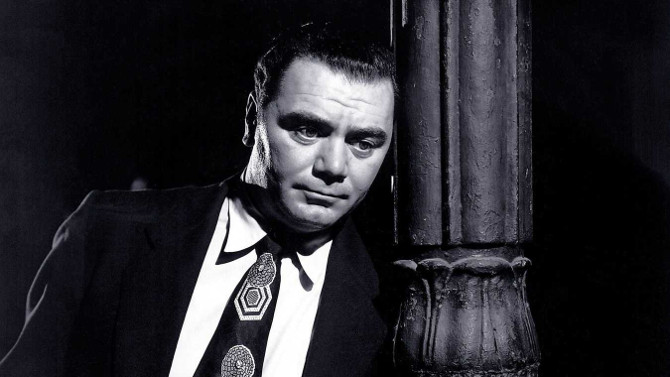
Ernest Falls in Love
Taking the world by storm, 1955's Marty, a simple, heartfelt, honest, and poignant story of one man’s Saturday night (and the following Sunday), won both the Palme D’Or at the Cannes Film Festival (the first year the award was named thusly) and Best Picture at the Academy Awards – the first, and to date, only motion picture to win both coveted prizes (though Billy Wilder’s 1946 film noir The Lost Weekend also won the two top prizes, though at that time, the Cannes Award was known as the Grand Prix du Festival International du Film). It was also a major box office sensation. Following thirty-four year old butcher Marty Piletti (Ernest Borgnine – acting since 1951, he had his first big break in 1953's From Here to Eternity), he is an everyman – a warm, caring, short man who is a little heavy round the middle. . . in his mid thirties, he is the last in his large Italian-American family to remain unmarried.
